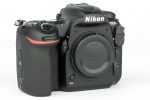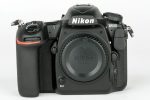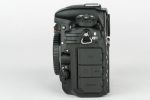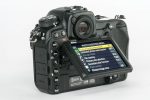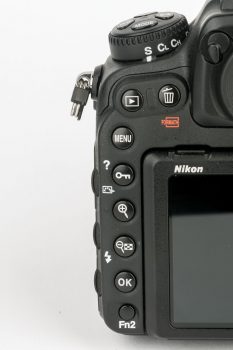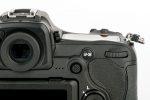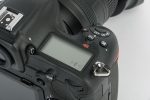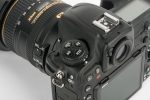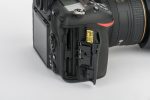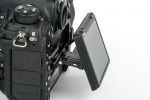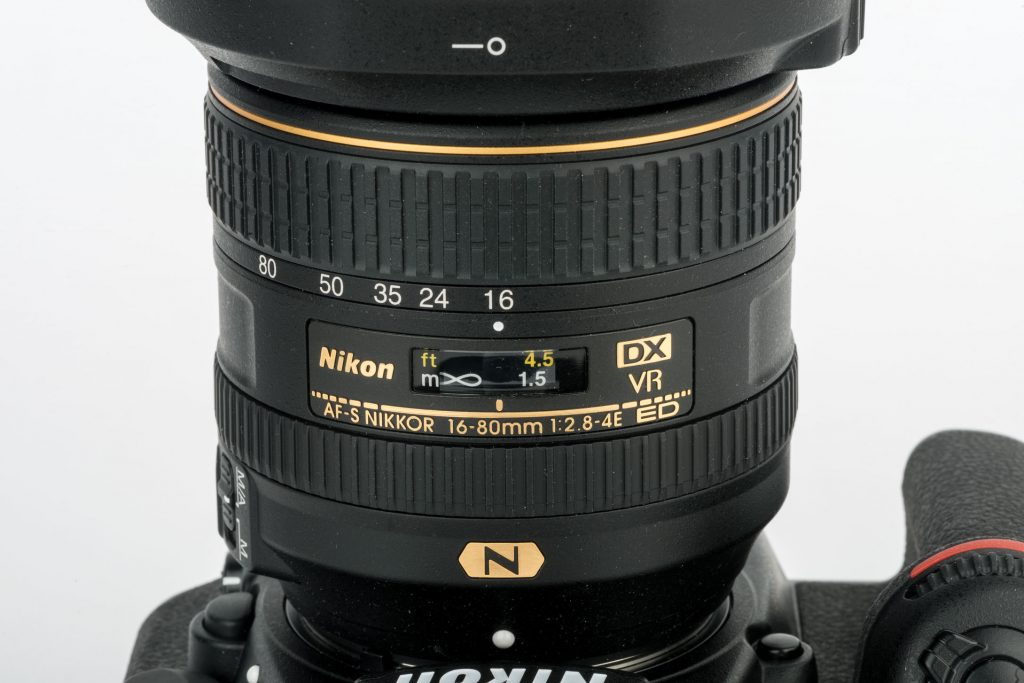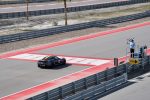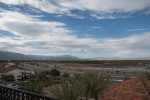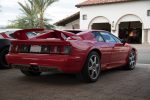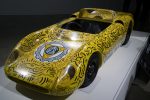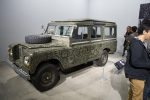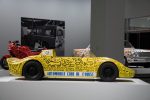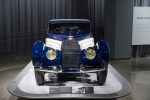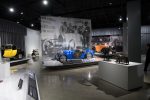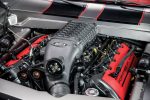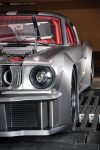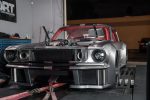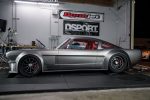Professional-grade photo and video equipment used to only be accessible by those with the right connections or fat wallets, but this concept has changed drastically in just the last few years. The industry of visual media has exploded, popularized by social media and web-based platforms that allow everyone to share thoughts, ideas and creations in high quality. The struggle now is on the manufacturers’ end, as brands push the capabilities of their cameras while attempting to keep prices low, in order to meet the demands of the fast-growing photo/video enthusiast market. No stranger to both the professional and the hobbyist photographer, Nikon recently introduced the D500, the company’s new DX flagship camera that enables professional-quality photos and features at a hobbyist budget.
Text by Cameron Parsons // Photos by Cameron Parsons and Joe Singleton
Nikon D500
As of late 2016, the Nikon D500 debuted as the go-to APS-C camera to serve the majority of photographers everywhere. It utilizes a 20.9 megapixel, DX-format sensor with ISO sensitivity that ranges from 100 up to 51,200, expandable to 50-equivalent on the low side and up to 1,640,000-equivalent on the high side. It shoots in JPEG file formats as well as NEF (RAW) in 12 or 14 bit, lossless compressed, compressed, or uncompressed. Combined with a highly capable autofocus system and up to 10 frames per second of continuous shooting, this model begs to be used for action shots. As for static scenery in our studio, at The Thermal Club in the sunny desert, indoors at the 2016 PRI Show, and various car shooting locations in and around Orange County, the D500 impressed with its photo quality and user-friendly design.
Hands-On
Two characteristics came to surprise when holding the D500 for the first time. For a crop sensor camera, it is both notably heavy (760 grams) and large (147mm x 115mm x 81mm). Our test model came equipped with the new Nikon AF-S DX Nikkor 16-80mm f/2.8-4E ED VR lens, which does add to the weight as well. Regardless of this, the body on its own feels similar to holding the Nikon D800 that we utilize in our studio, yet even more comfortable. Although big and heavy doesn’t make for the most convenient walk-around camera, the shape of the grip and layout of the buttons allow it to always feel secured in your hands, even when changing settings on the fly. This size and extra heft is a result of what comes off as a rugged-built device, complemented by weather sealing akin to the D810. As much as we wanted to try drop tests with the D500, we can say with confidence that the camera looks and feels like it could take a beating without any trouble.
The Nikon D500 carries a similar interface and layout to its full frame siblings, with only a few changes that may take some getting used to. When viewing the back of the camera, menu and display buttons span the left side as they always have, with the addition of a “Fn2” button. Mode selection resides on top of the camera, with the shooting mode selection sitting in the same spot as always. A major plus, however, is the relocation of the ISO button, now sitting directly behind the shutter button with quick and easy access of your index finger. This makes on-the-fly changes seamless, without even having to back your eye away from the viewfinder to ensure that you’re on the correct button. Even better, the D500 allows the user to make the buttons backlit for easier navigating in backlit environments. Adding to the camera’s ergonomic changes, Nikon added a joystick next to the screen, making focus points and other selections much more intuitive. These small changes make the D500 one of the most comfortable-to-use cameras on the market today.
The Hardware
The Nikon D500 provides a great user experience on the outside, with the hardware and technology to match. One of the standout features is the camera’s focus features. The D500 makes use of 153 total focus points with 55 selectable points, paired with an extremely quick autofocus. If you find yourself shooting at uncomfortable angles where you can’t quite see through the viewfinder, the beautiful 3.2-inch LCD screen can snap out of its fixed position on the camera and tilt up or down at a full 90-degrees. The screen is also touch-enabled, allowing for selecting focus points, shutter operation, scrolling through and zooming on photo previews, as well as other controls. Dual storage card slots allow you to use different SD and XQD cards simultaneously for separated or backup storage in JPEG and NEF (RAW) formats. If you’re a fan of video, the D500 can record up to 30fps at 4K UHD resolution, or at 60fps at 1080 HD resolution. When you start shooting, you’ll find that the D500 unfortunately does not include any in-body image stabilization (IBIS), but it does use a feature that Nikon calls “Electronic Vibration Reduction.” You might not expect this to perform as well as well as the real thing, however, we found great results from this when combined with lens vibration reduction.
Test Runs
We took the Nikon D500 with AF-S DX Nikkor 16-80mm f/2.8-4E ED VR lens to a race track, an auto museum, the DSPORT dyno and machine shop, and numerous other locations to get a feel for how the camera handles real-world use. First, we tested it at the sunny and scenic Thermal Club near Palm Springs, California. This racing facility sits with heavy sunshine nearly year-round, against a gorgeous backdrop of mountains that make it very picturesque. In this environment, colors came out of each photo with great vibrance and contrast.
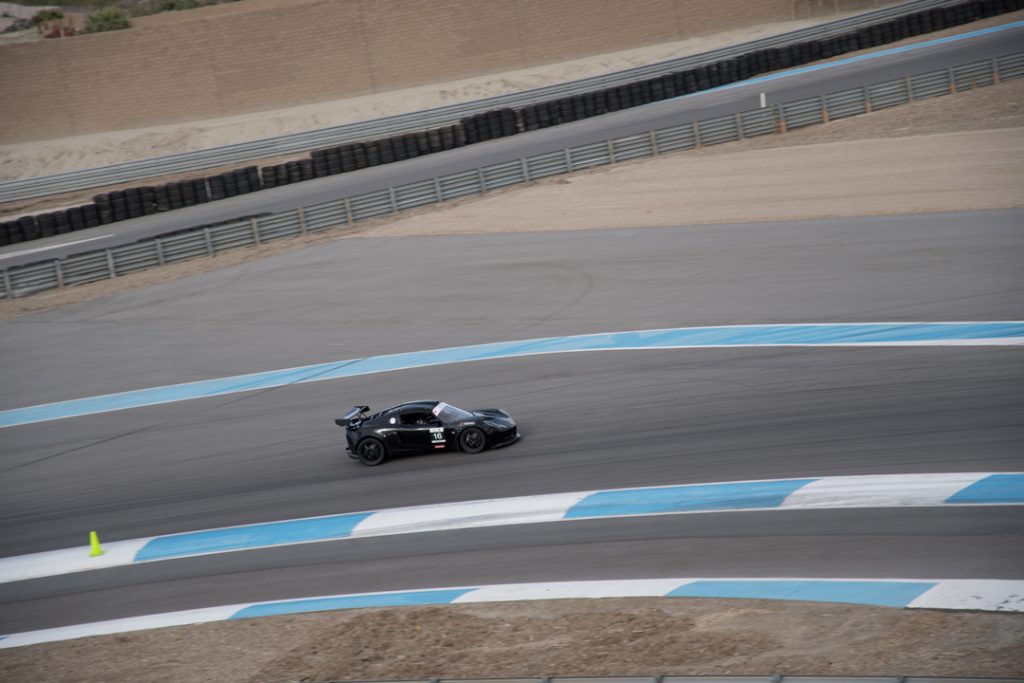
Next stop was the 2016 PRI Show, a colorful but dim fluorescent-lit environment with crowds of people moving around. At partial zooms of approximately 15-30mm and f/3.5, ISO performance at 800-1200 provided very sharp images with little noticeable noise. It wasn’t until about ISO 1600 and up where we found enough noise that would make the image too grainy for print in the magazine. Even then, the quality surpassed what many would expect at these settings.
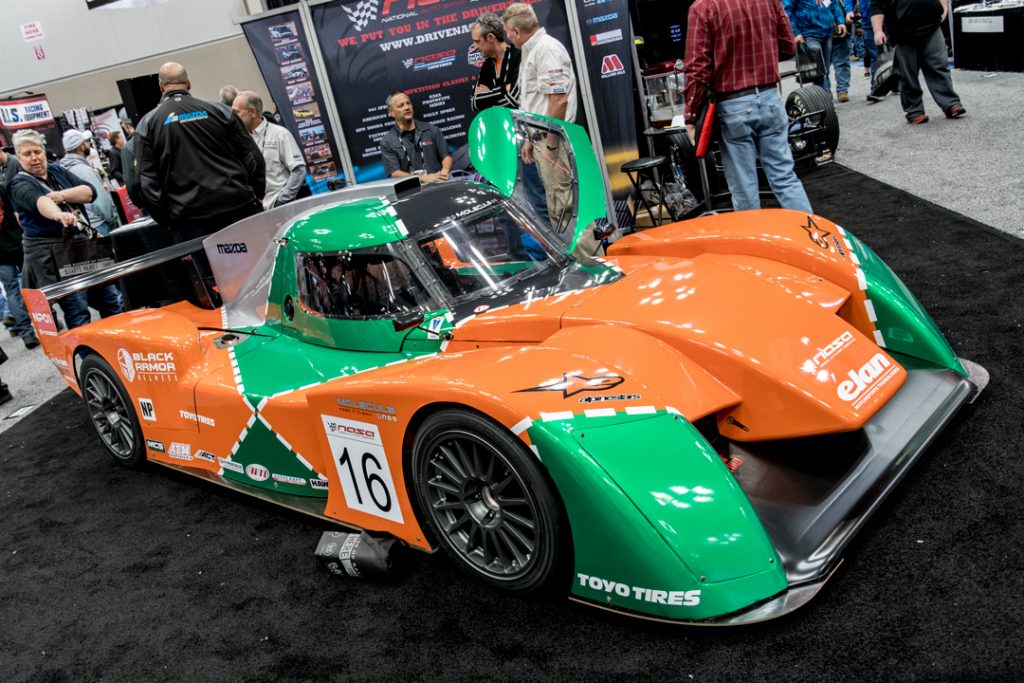
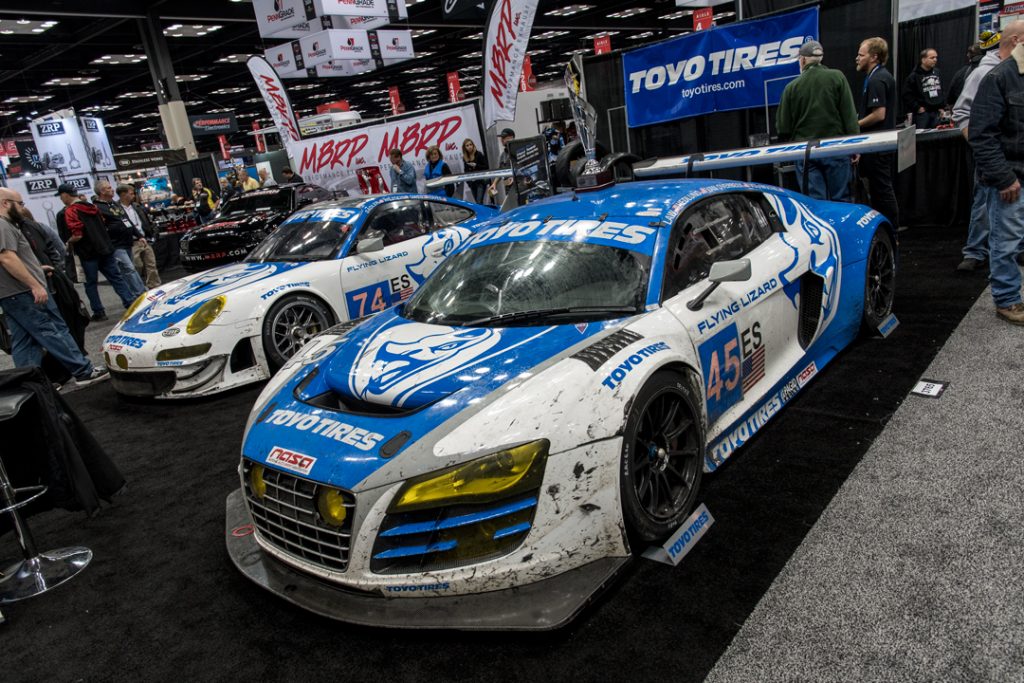
DSPORT Magazine Art Director Paul Laguette visited the Petersen Automotive Museum for the Keith Haring Art Cars exhibit. This was another dimly lit event with spotlights distributed over the various displays. Although the lighting between foreground and background was very inconsistent in person, the D500 made great adjustments to even out the overall lighting of the images.
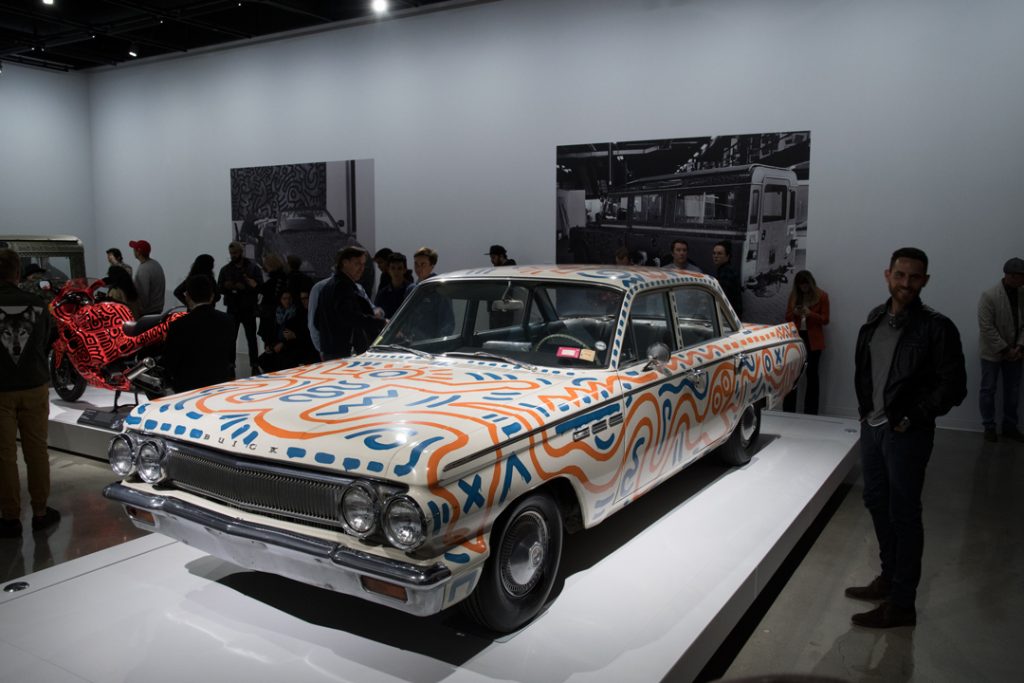
During our final week with the Nikon D500, Timeless Kustoms brought its Vicious Mustang for a tuning session on the DSPORT dyno. The session went well into the evening, so we brought out the fill lights to help the car stand out more in our video coverage. With basic lighting set up, the D500 captured some great detailed shots of the car, highlighting the body lines and subtle color changes. Even at slow shutter speeds, the images came out incredibly sharp, thanks to the VR lens and Electronic Vibration Reduction.
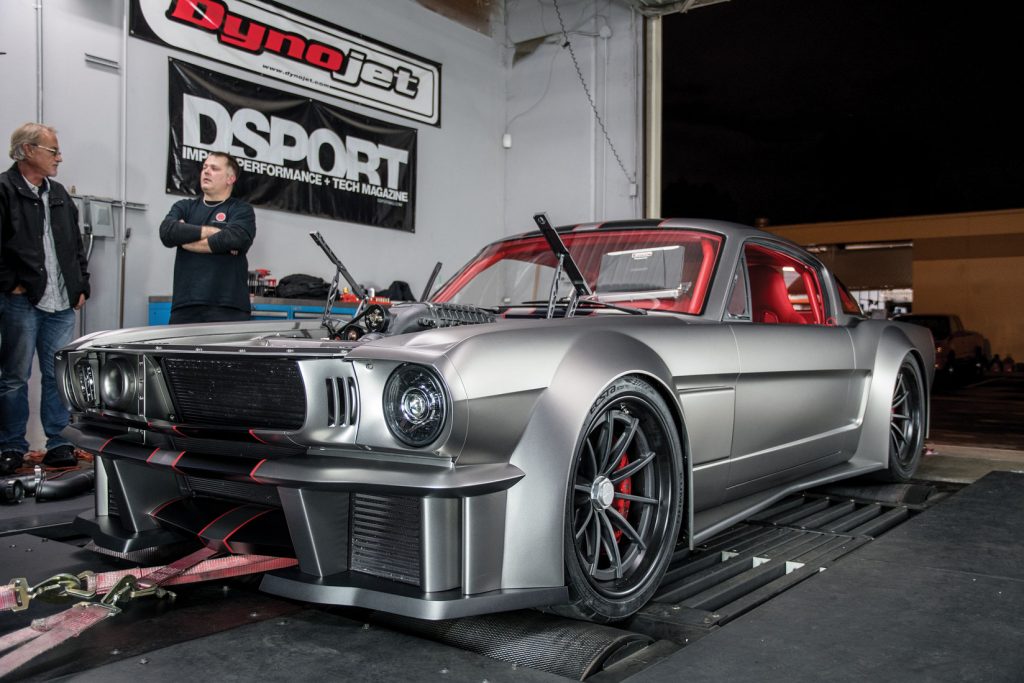
The DX Flagship
The Nikon D500 delivers very competitive specs and images compared to many of today’s full-frame options, yet it utilizes the DX format sensor and retails starting at $1,999.95. Among the DSPORT staff, which holds a variety of professional, hobbyist, and not-at-all photographers, everyone was able to pull off some great looking shots with little effort. The D500 may not hold the same level quality in low light and resolution performance as its bigger brother, the Nikon D5, but it still proves plenty capable in most environments in nearly any photographer’s hands. It also is not small or lightweight, which lends to comfort and durability but at the sacrifice of portability. Still, its updated features in its button interface and internal hardware make it very user-friendly for capturing great images. To this end, we can confidently say that the Nikon D500 is one of the most versatile camera bodies in its price range today.




